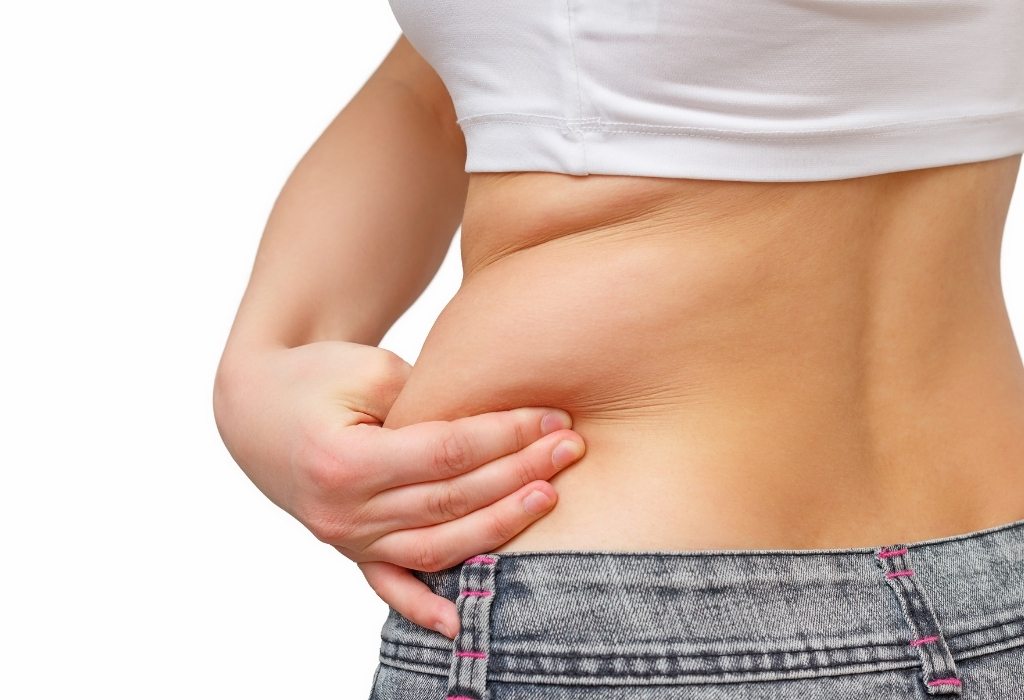Cozmoderm Clinic | Best Dermatology Clinic For Skin and Hair Care In Nagpur
Liposuction In Yavatmal
Home / Liposuction In Yavatmal

Liposuction
Liposuction, also known as lipoplasty or suction-assiste lipectomy, is a cosmetic surgical procedure designe to remove excess fat deposits from specific areas of the body. It is one of the most commonly performe cosmetic surgeries worldwide and is often use to enhance body contours by reducing localize fat pockets. Liposuction is not a method for weight loss or a substitute for a healthy diet and exercise but rather a way to reshape and refine body contours.
Sculpting: The surgeon sculpts and contours the treat area to achieve the desire shape and smoothness.
how liposuction works
Consultation: Before undergoing liposuction, a patient typically has a consultation with a board-certified plastic surgeon. During this consultation, the surgeon assesses the patient’s suitability for the procedure and discusses their goals and expectations.
Anesthesia: Liposuction can be performed using different types of anesthesia, including local anesthesia, intravenous sedation, or general anesthesia, depending on the extent of the procedure and the patient’s comfort level.
Incisions: Small, inconspicuous incisions are made in the targeted area(s). These incisions are typically only a few millimeters long.
Tumescent Technique: In the tumescent technique, a sterile solution containing saline (saltwater), a local anesthetic (usually lidocaine), and epinephrine (to reduce bleeding) is injected into the targeted area. This helps to numb the area, minimize bleeding, and facilitate the fat removal process.
Fat Removal: A thin, hollow tube called a cannula is inserted through the incisions. The surgeon then uses this cannula to break up and suction out the excess fat. There are various liposuction techniques, including traditional liposuction, power-assisted liposuction (PAL), ultrasound-assisted liposuction (UAL), and laser-assisted liposuction (LAL), each with its unique approach to fat removal.
Recovery and Compression: After the fat removal is complete, the patient may wear compression garments to minimize swelling and support the healing process. The recovery time varies depending on the extent of the procedure and the individual patient.
Results: Patients can expect to see an improvement in body contour once the swelling subsides, usually within a few weeks to several months. Final results may take some time to fully manifest.
benefits of liposuction
- Versatility: Liposuction can be use in various areas of the body and can be combine with other cosmetic procedures, such as tummy tucks or breast augmentation, to achieve comprehensive body transformations.
- Long-Lasting Results: The fat cells remove during liposuction do not usually return to the treate areas. However, maintaining a healthy lifestyle is essential to prevent the remaining fat cells from enlarging.
- Improved Physical Health: While liposuction is primarily a cosmetic procedure, it can lead to improvements in physical health by reducing the risks associated with obesity, such as diabetes and heart disease.
- Customizable: Liposuction can be tailor to the individual’s specific needs and goals, making it a highly customizable procedure.
- Reduce Discomfort: Liposuction can alleviate physical discomfort cause by excess fat in certain areas, such as chafing or skin irritation.
causes liposuction
- Infection: Infection is a potential complication of any surgical procedure. Symptoms of infection may include increase redness, swelling, warmth, pain, fever, and discharge from the incision sites. Prompt medical attention is essential if infection is suspect.
- Seroma or Hematoma: These are collections of fluid (seroma) or blood (hematoma) that can accumulate in the treat area. Symptoms may include swelling, pain, and discomfort. Drainage or aspiration may be require to address these issues.
- Irregularities or Asymmetry: Some patients may notice irregularities in the treatment area or asymmetry between the sides of the body. These can be address with revision surgery if necessary.
- Skin Irregularities: Rippling, dimpling, or loose skin can occur in some cases, particularly if there is significant fat removal or poor skin elasticity. Proper patient selection and technique can help minimize these issues.
- Allergic Reactions: While rare, allergic reactions to anesthesia, surgical materials, or medications can occur. Symptoms can range from skin rashes to more severe reactions. Immediate medical attention is require in such cases.
